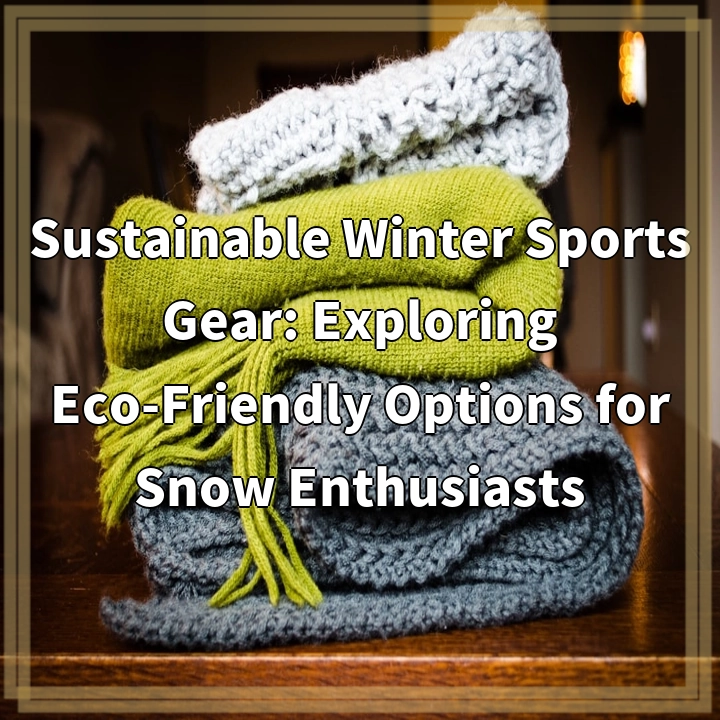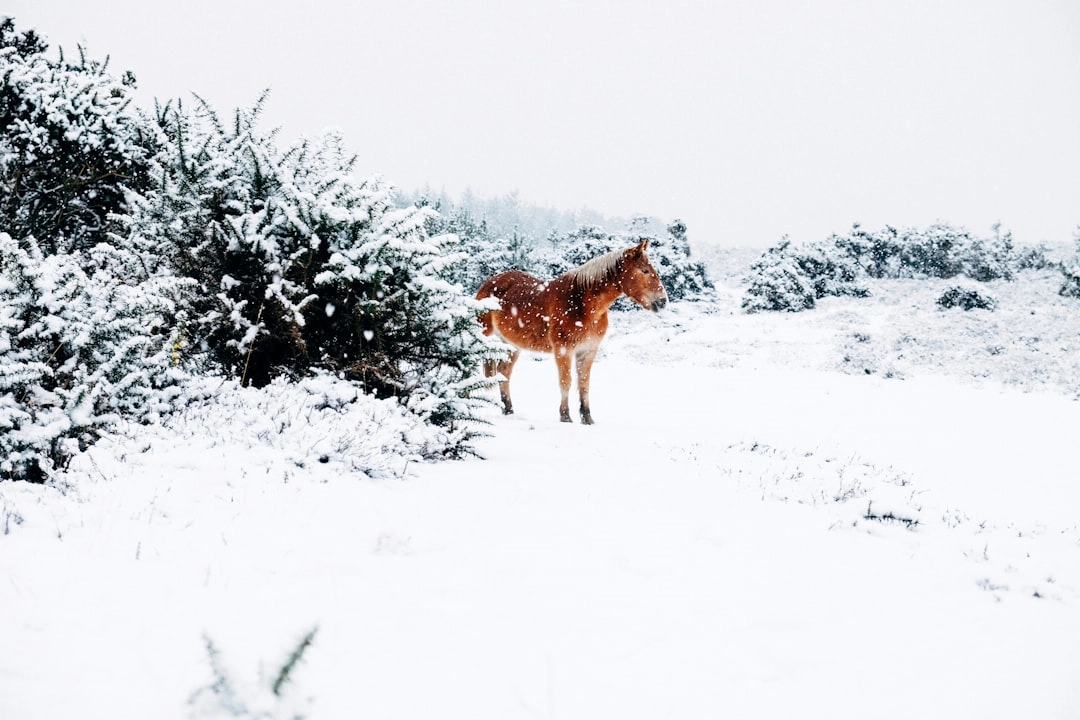
What is Sustainable Winter Sports Gear?
Sustainable winter sports gear refers to equipment and apparel that are designed and produced in an environmentally friendly and socially responsible manner. These products aim to minimize their negative impact on the environment, reduce resource consumption, and promote fair labor practices.
Real-World Problems Associated with Sustainable Winter Sports Gear
The winter sports industry has traditionally been associated with significant environmental impacts and unsustainable practices. Here are some of the real-world problems that arise:
1. Use of Non-renewable Materials
Many winter sports gear, such as ski poles, snowboards, and boots, are made using non-renewable materials like petroleum-based plastics and metals. The extraction and production of these materials contribute to carbon emissions, habitat destruction, and resource depletion.
2. Chemicals and Toxic Substances
The production of winter sports gear often involves the use of chemicals and toxic substances. These substances can have detrimental effects on both human health and the environment, particularly during production and disposal stages.
3. Disposable Culture
The winter sports industry has perpetuated a culture of disposability, with many gear and apparel items being treated as short-term and disposable. This leads to significant waste generation and a continuous cycle of resource extraction and production.
4. Supply Chain Issues
The complex supply chains in the winter sports industry often lack transparency, making it challenging for consumers to know the environmental and social impacts associated with the production of their gear. Issues such as unethical labor practices and unsustainable sourcing of raw materials can be prevalent.
5. End-of-Life Management
Disposal of winter sports equipment poses a significant challenge. Many of these products, including skis, snowboards, and outerwear, contain non-recyclable or difficult-to-recycle materials. Improper disposal often leads to these items ending up in landfills or incineration, further contributing to environmental degradation.

Solutions for Sustainable Winter Sports Gear
Addressing the real-world problems associated with sustainable winter sports gear requires a shift towards more environmentally friendly and socially responsible practices. Here are some solutions:
1. Sustainable Material Innovations
Developing and utilizing sustainable materials such as recycled plastics, bio-based components, and natural fibers can significantly reduce the environmental impact of winter sports gear. Companies should invest in research and development to create innovative and eco-friendly materials.
2. Eco-Friendly Production Processes
Implementing cleaner and more efficient manufacturing processes can help reduce the use of chemicals, energy consumption, and waste generation. Adopting renewable energy sources and minimizing water usage are crucial steps towards a more sustainable production approach.
3. Extended Product Lifespan
Promoting durability and longevity in winter sports gear can help minimize the disposable culture. Companies can focus on producing high-quality products that are repairable and upgradable to extend their lifespan. Proper care and maintenance information can also be provided to consumers.
4. Transparent Supply Chains
Improving supply chain transparency is crucial for accountable and sustainable production. Companies should work towards responsible sourcing of materials, ensuring fair labor practices, and implementing ethical manufacturing standards. Third-party certifications and audits can help provide credibility and transparency.
5. Recycling and Take-Back Programs
Encouraging end-of-life recycling and take-back programs for winter sports gear is essential. Manufacturers can establish collection points or partnerships with recycling facilities to properly handle and recycle old or damaged equipment.
6. Consumer Education and Awareness
Raising awareness among consumers about the environmental impacts of winter sports gear and promoting sustainable alternatives is crucial. Educating them on proper usage, maintenance, and disposal practices can encourage responsible consumer behavior.
By implementing these solutions, the winter sports industry can move towards a more sustainable future, reducing its ecological footprint and preserving the natural environments that snow enthusiasts cherish.















